10 Ways Coastal Cities Are Preparing For Rising Sea Levels
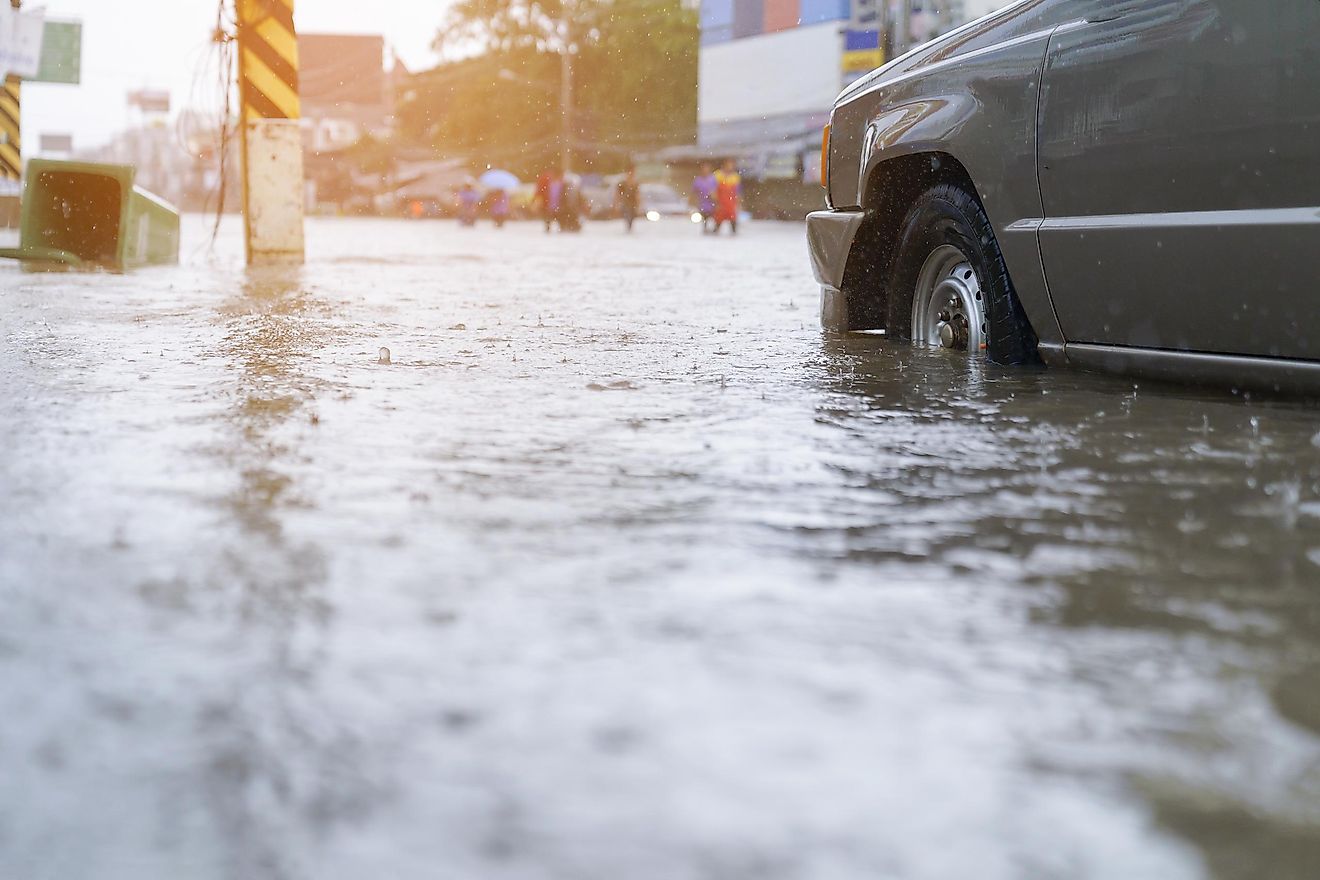
- Coastal cities around the world are putting up sea walls, relocating populations, and increasing green space in an effort to prepare themselves for rising sea levels.
- Some experts in the US feel that people who file claims for flood insurance more than twice should be on their own to deal with property damage.
- In the Netherlands, a massive system of flood gates has been implemented to keep out the dangers of rising waters.
Rising sea levels are a scary part of the present and future of our planet. According to experts, the oceans are rising around the world by about one-eighth of an inch every year, and while that might not sound like something to worry about, all this water is actually having a substantial impact on human life.
Why are the oceans increasing in size? Multiple factors are at play. Thermal expansion, or the increase of something in volume as its temperature rises, is one cause. As global warming heats up the planet, Earth’s oceans are warming, which is causing their water molecules to expand, something that is resulting in bigger oceans.
Warmer temperatures on Earth are also causing glaciers and ice sheets to melt. The trouble is, we are not ready for more water. About eight of the ten largest cities in the world are actually located near some type of coastline, according to the United Nations. And this is a problem. Rising water levels are causing more nuisance flooding, shoreline erosion, and destructive storm surges that travel further inland than they once did. Urban infrastructure is now being damaged, including water supplies, roads, bridges, power plants, subways, and more. You name it, water is impacting it. We are truly facing salty, wet trouble.
So, what is being done about it? Here are ten approaches coastal cities around the world are taking to combat the growing nightmare of rising sea levels.
1. More Flood Prevention Plans
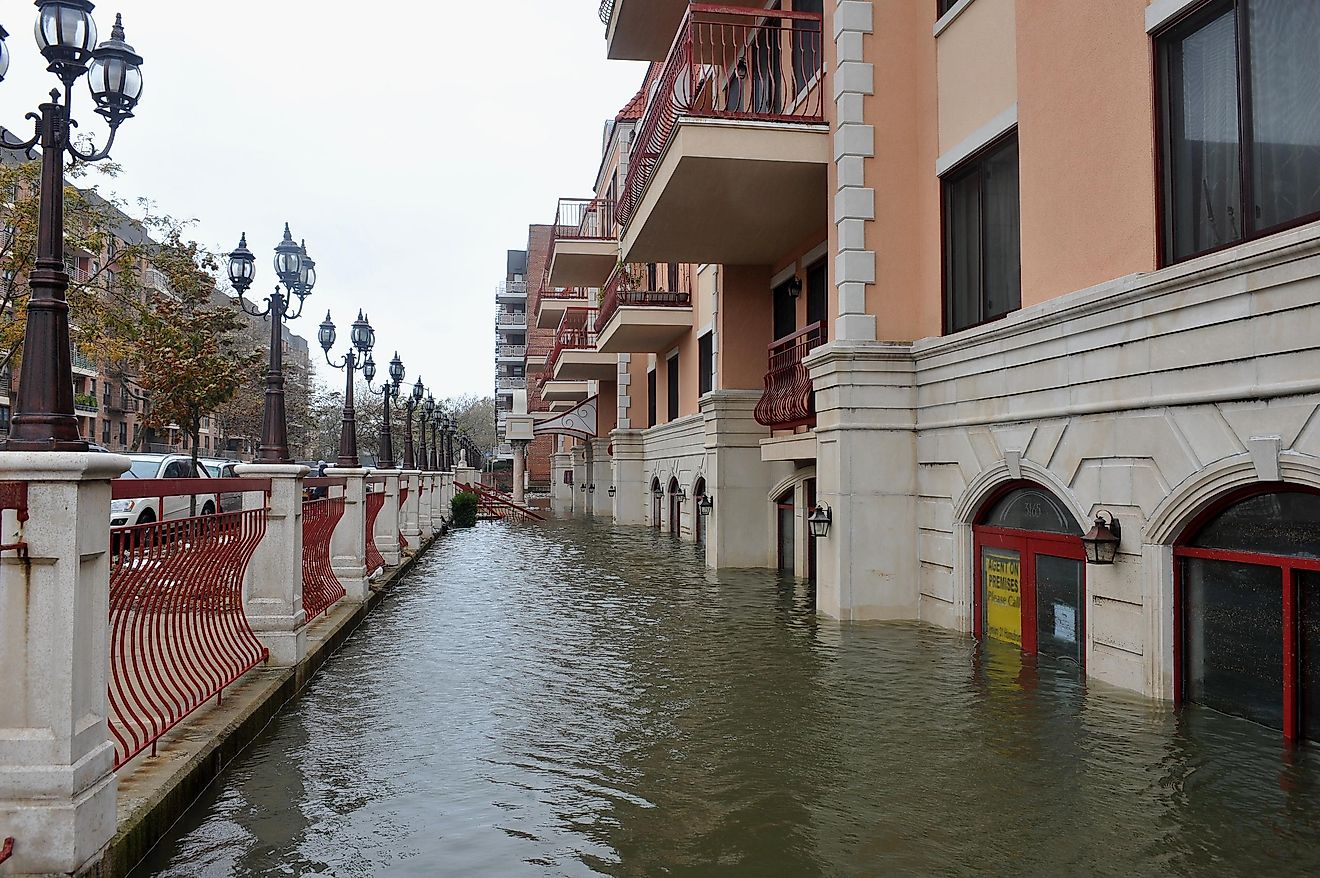
New York City can attribute much of its success to being located on the Atlantic Ocean, but the waters are now creeping in too far. To combat this, the city has made plans to increase the height of the land in places like East River Park. There was initially a plan to build something called the Big U, which was a set of landscaped berms around the southern tip of Manhattan, to protect against rising water levels. This has been changed to simply building up East River Park, but the project is still substantial. It will raise the land there 10 feet higher than it is now by covering it with landfill. Retractable flood gates will also be put in place in the area. A proposal for a living breakwater on Staten Island’s South Shore has also been presented, among other ideas.
2. Better Warning Systems
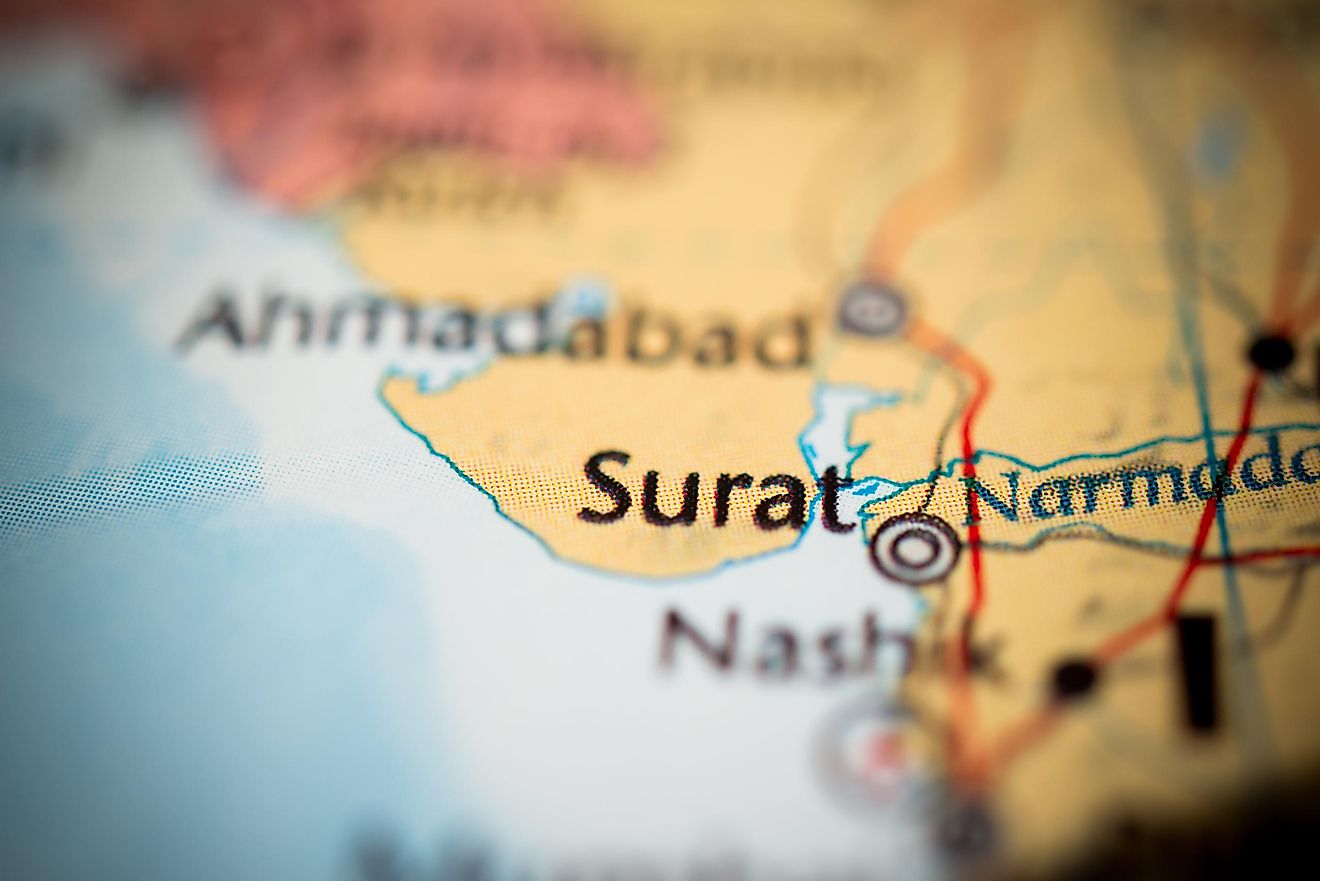
Surat, in India, faces major flooding every year that can inundate up to 75% of the entire city. In response to this, Surat Municipal Corporation Narmada Water partnered with the consulting firm TARU Leading Edge in 2010 for an answer.
Together, the two developed a flood warning system that was finished in 2013. The system takes weather history and real-time weather tracking into account to predict flooding in the area. The system is helping multiple municipal agencies coordinate together when disaster strikes, as well.
3. Building Flood Gates
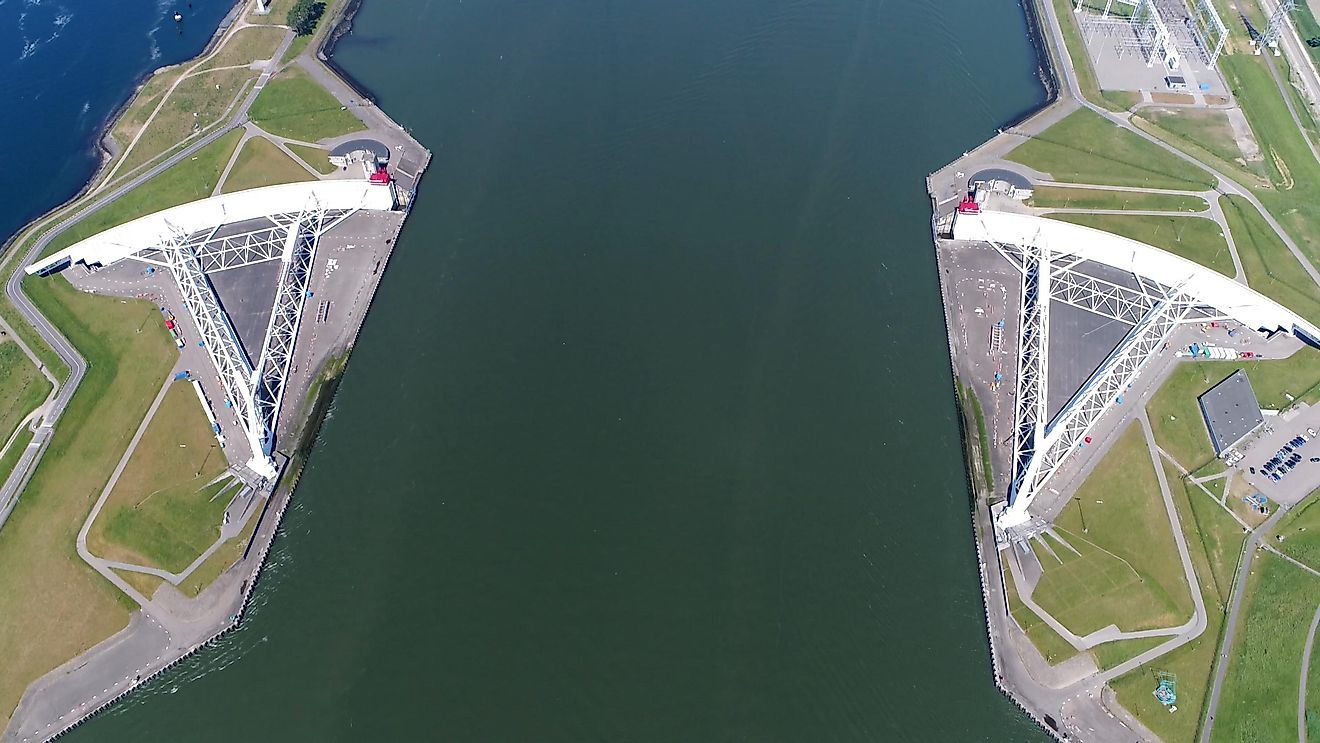
What better way to keep water out than to stop it with a wall? In Rotterdam, Netherlands, a system of flood gates called the Maeslantkering were completed in 1999, each running 688 feet long, 72 feet high, and 49 feet deep or thick. When the gates are closed, they protect Rotterdam from storm surges and flooding.
4. Constructing Flood Resistant Housing
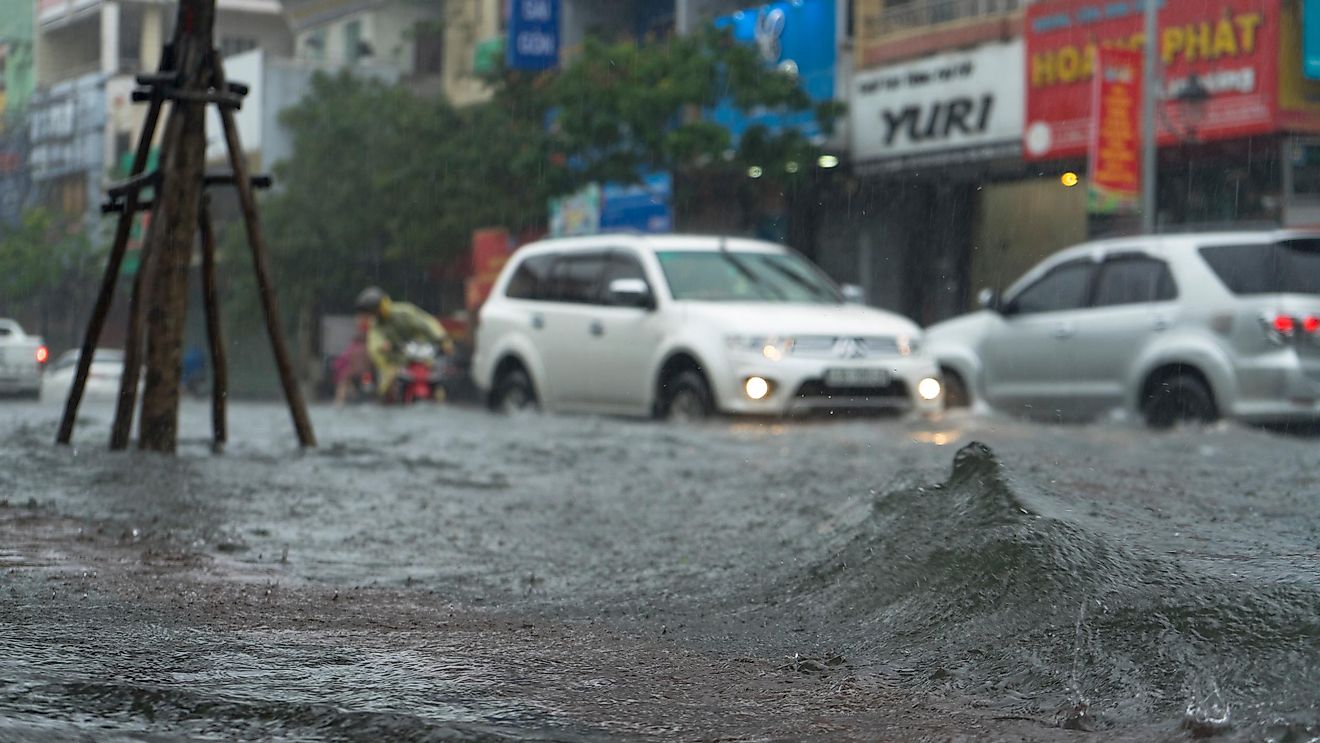
In Da Nang, Vietnam, people are making a difference. The Institute for Social and Environmental Transition along with the Rockefeller Foundation's Climate Change Coordination office is running a program that helps the Vietnamese access resources that enable them to build homes that are more flood-resistant. The program works by offering credit and loans to families for much-needed home renovations in neighborhoods where flooding has become a constant problem.
5. Restricting Construction
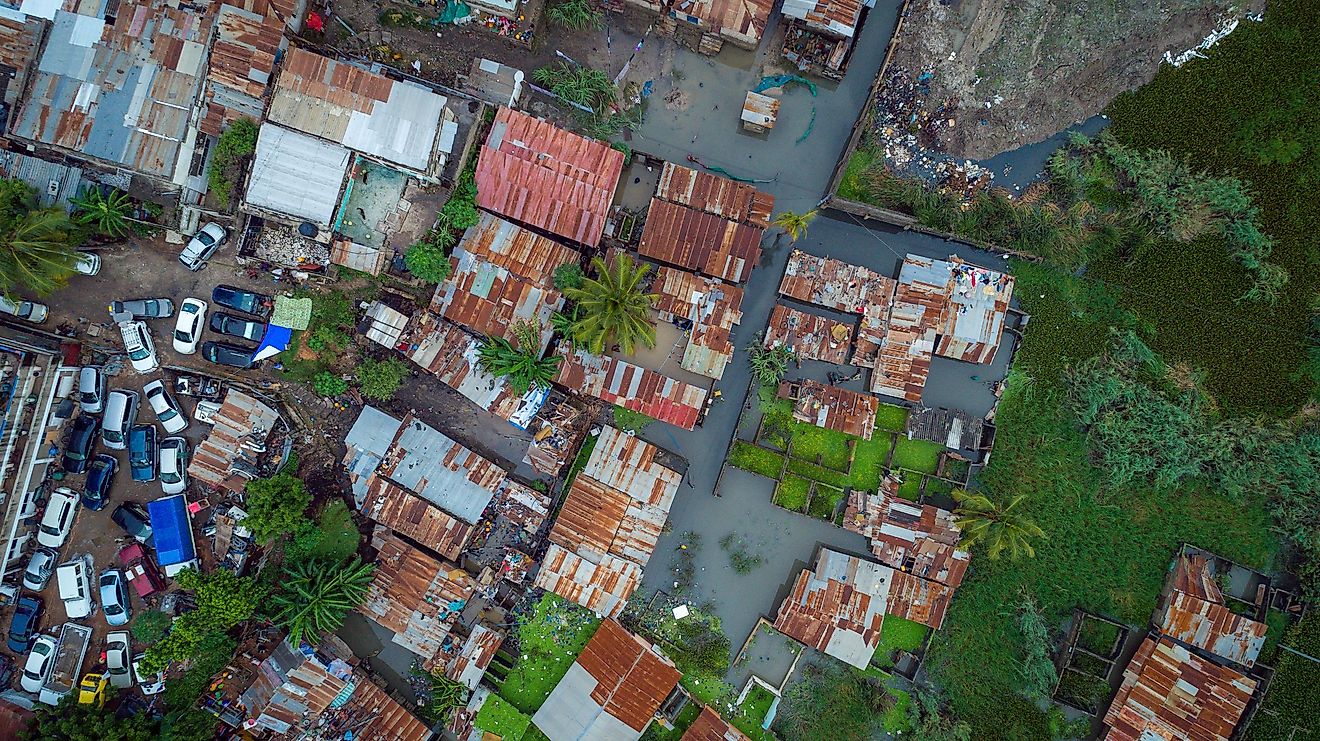
One way to keep people safe from harm is to simply prevent them from living in hazardous areas in the first place. In Tanzania’s Dar es Salaam, the government has been trying to incentivize families to buy and build in dryer parts. This has been met with mixed success. Municipalities have gone so far as to formalize property rights in less vulnerable areas in order to incentivize families to live on higher ground. An effort has been made to provide reliable infrastructures such as public toilets, a water supply, and waste collection in areas with less flooding in order to encourage people to construct their homes in dryer areas, even as the wetter spaces remain more attractive to most due to their proximity to the city center and other urban benefits.
6. Relocating Residents
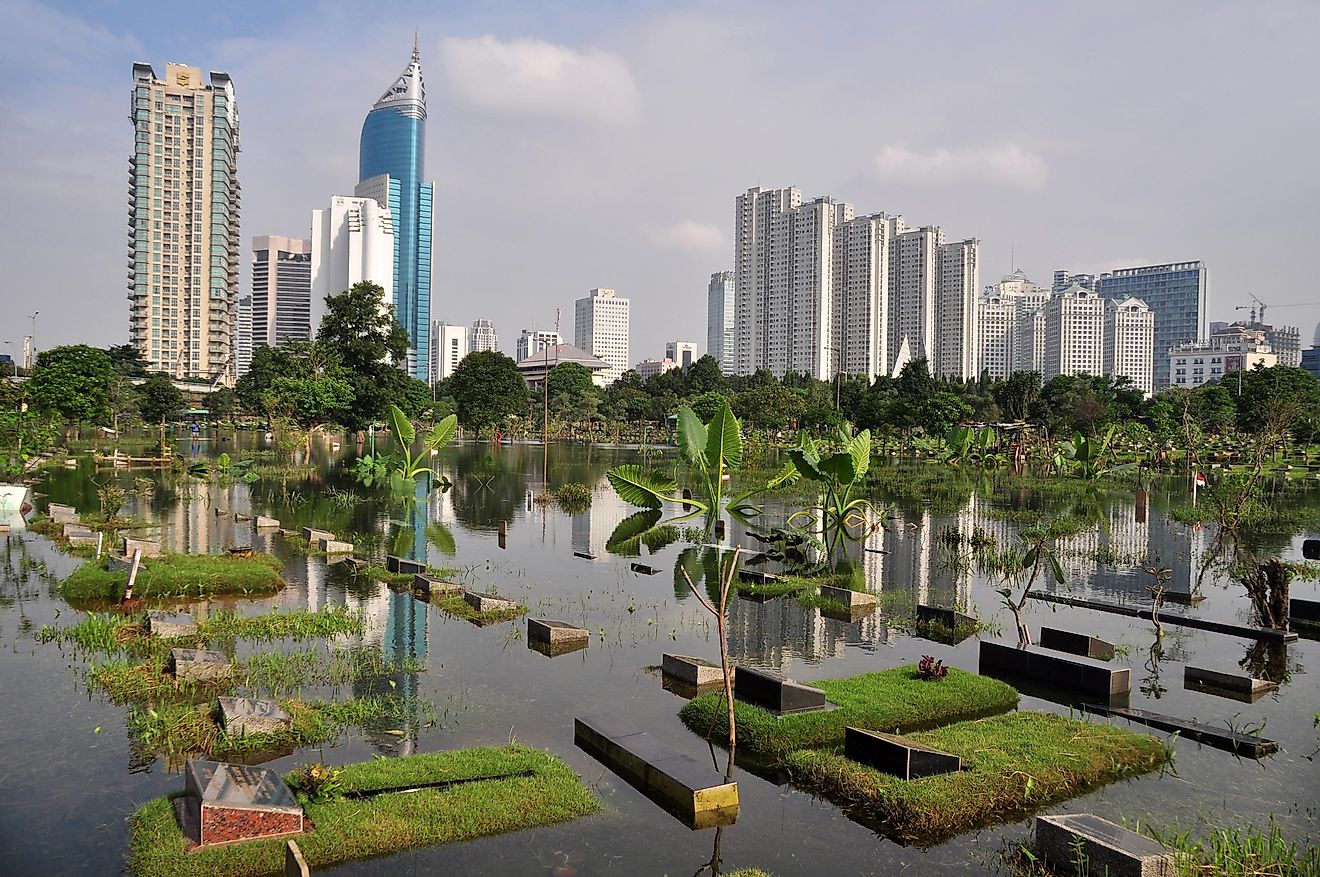
Officials in Dar es Salaam are actively trying to get people to relocate to less flood-prone areas. This is also being done in Jakarta, Indonesia. Jakarta plans to build a sea wall like that of the Dutch and is working at relocating about 400,000 people who live on riverbanks and near reservoirs to higher homes.
7. Increasing Green Space

As in New York City, Jakarta is also increasing its green space to combat flooding. A program called Kampung Climate encourages community leaders to upgrade their area’s greenspaces. The result is that floodwaters now take a few hours to be absorbed into the ground, whereas this used to take multiple days.
8. Reducing Access to Flood Insurance
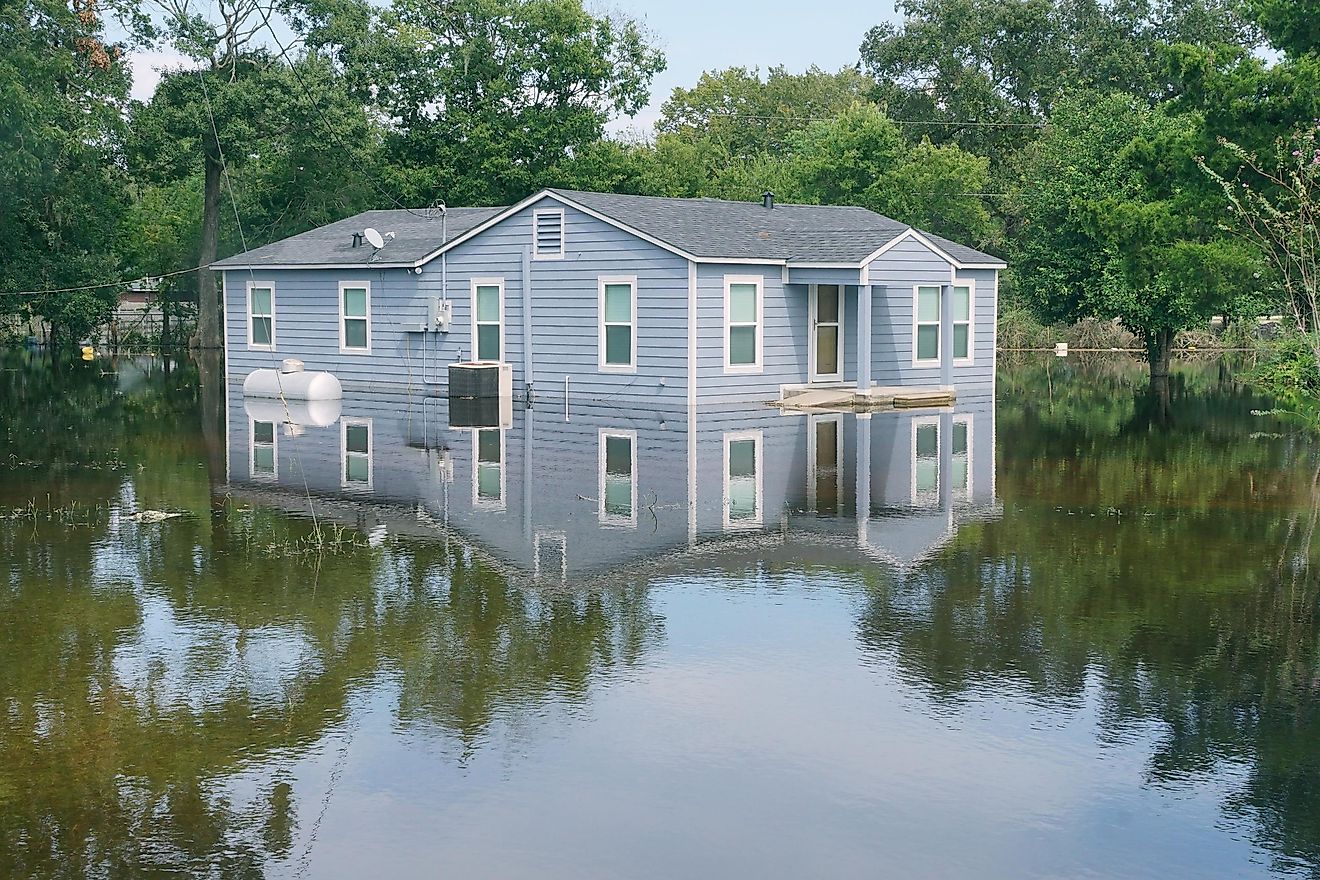
A uniquely American approach to combating the damage inflicted on humans by rising water levels has been a proposal to reduce the number of times a person can access flood insurance. Basically, if you choose to keep on living in a hazardous area, says Bruce Hyde of the University of Connecticut, you should have limited access to insurance protection for your home. Hyde believes there should be rules in place that allow you to claim flood insurance twice but the third time, you’re out on your own. In addition, states and cities that do not do anything to try to limit the effects of flooding should not continue to be given federal handouts either, he believes.
9. Elevating Roads
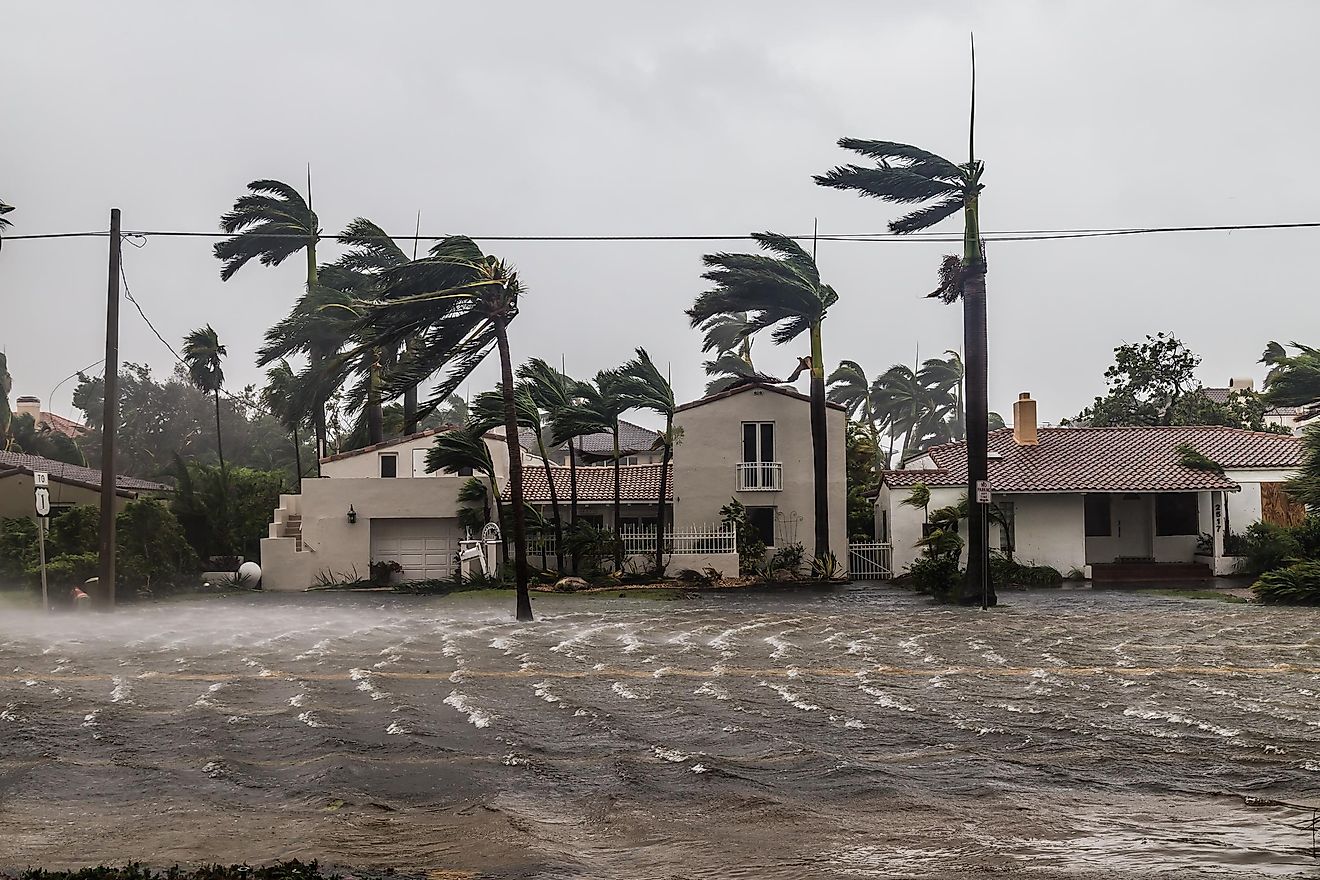
Places like Miami are raising their roads to stay safe. Some roadways are even being built several feet above the surrounding buildings in order to ensure that, if waters rise suddenly, at least people can drive to safety.
10. Improving Infrastructure
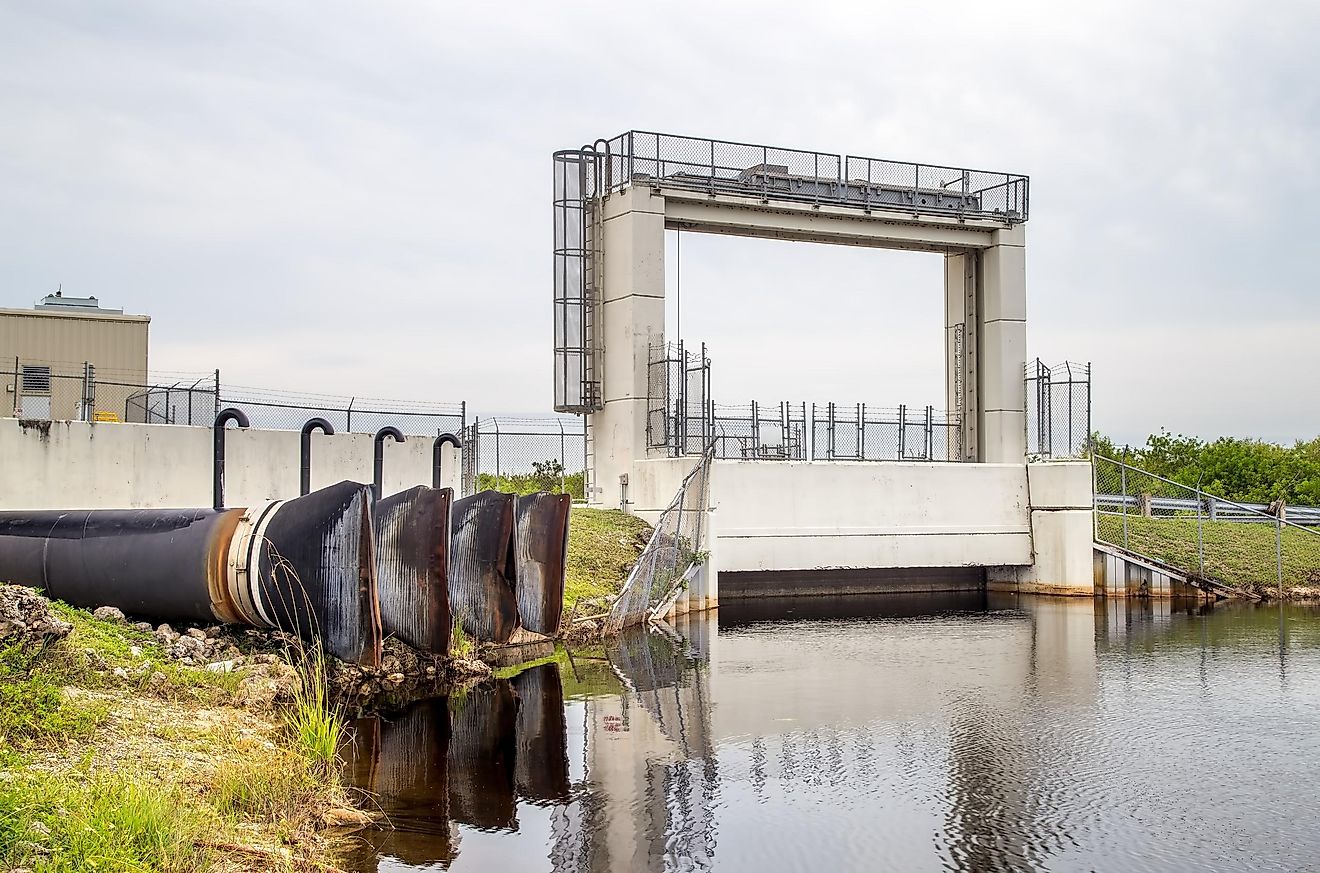
Cities like Miami are also putting more money into improving their existing infrastructure to be able to handle more flooding. This involves installing new pumping stations, and upgrading stormwater drainage systems, as well as elevating sea walls by up to five feet where needed.











